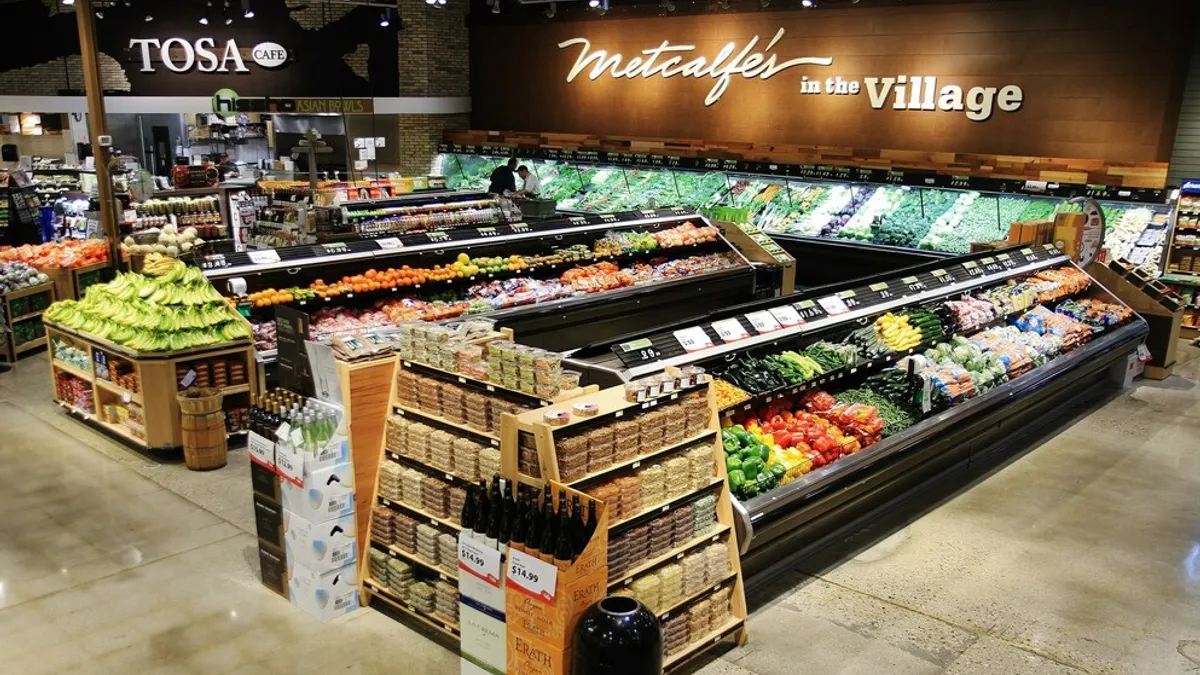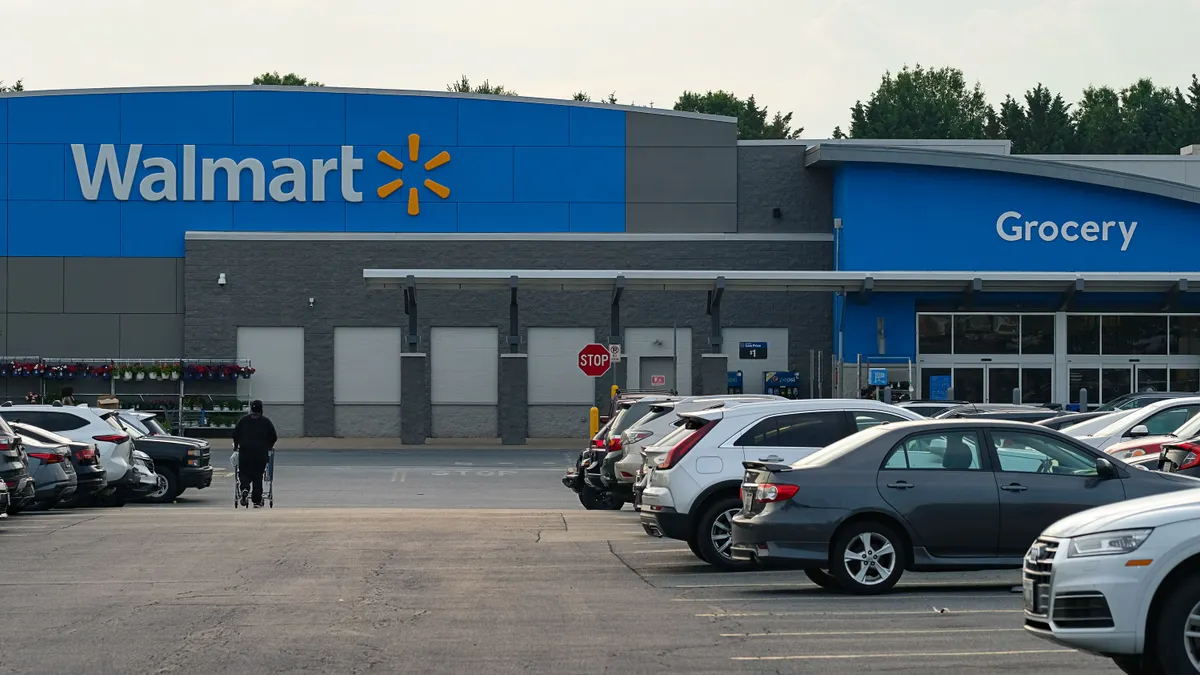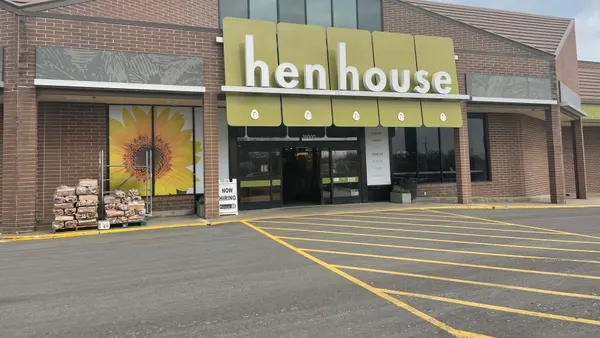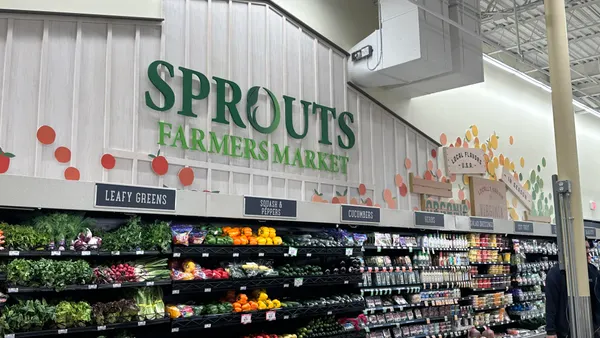Dive Brief:
- Publix’s sales for its first fiscal quarter 2019 came in at $9.7 billion, an increase of 4.3% from 2018, while comparable store sales increased 1.9%. Publix estimates the increase in sales for the quarter was 1.2% lower than estimated due to the Easter holiday falling on its second quarter instead of its first due to a calendar shift.
- Net earnings came in at $981 million, a surge of 44.2% compared to 2018’s $680.3 million. Earnings per share increased $1.37 per share, up $0.93 per share from 2018. The retailer noted that both net earnings and earnings per share were impacted by net unrealized gains and losses on equity securities. Without these unrealized gains and losses, net earnings would have come in at $741.7 million for this first quarter, compared to $704.2 million in Q1 2018.
- The Florida-based retailer also adopted a new accounting standard that changed the account for operating leases. The standard requires Publix to recognize $2.9 billion of operating lease rights and obligations as assets and liabilities on its balance sheet. Publix’s stock is not publicly traded but is available for sale to associates and its board of directors. As of May 1, the retailer’s stock was $44.75 per share.
Dive Insight:
Publix’s overall increase in sales and its net earnings prove the grocer’s slow and steady approach to expansion while maintaining its strong relationship with consumers is key to its success. But that doesn’t mean there haven’t been hiccups along the way.
The retailer cited the Easter holiday falling in its second quarter instead of its first as the reason its earnings came in slightly lower than expected. Easter spending this year was projected to bring in more than $18 billion for retailers, with Easter candy claiming $2.49 billion of those sales, according to the National Retail Federation.
The Easter holiday drives a particularly large amount of traffic to grocery stores in the southern region, Publix’s home turf. However, Publix remained closed on Easter Sunday and potentially missed out on those last-minute sales. Meanwhile, competing grocers like Trader Joe’s, Whole Foods, Kroger and Walmart remained open.
Net earnings (with unrealized gains and losses on equity securities) were very positive, representing the company’s success with its expansion and innovation initiatives. Most recently the retailer experimented with online cooking classes to build a bond with consumers, expanded its Greenwise locations and opened a smaller format store on the University of South Florida campus — all of which could help the retailer target younger consumers. In addition, the retailer has been stepping into health services by partnering with Flager Health+ to establish telehealth sites at three Publix stores.
Although Publix's service-focused approach has worked well to date, competition is increasing. Wegmans is expanding south and inching into Publix's territory, having recently opened its first North Carolina location. Publix also faces an onslaught of competition in Florida, with Kroger recently announcing an Ocado warehouse in the central region while upstarts like Lucky's Market and Sprouts Farmers Market build locations around growing cities like Orlando and Tampa Bay.














